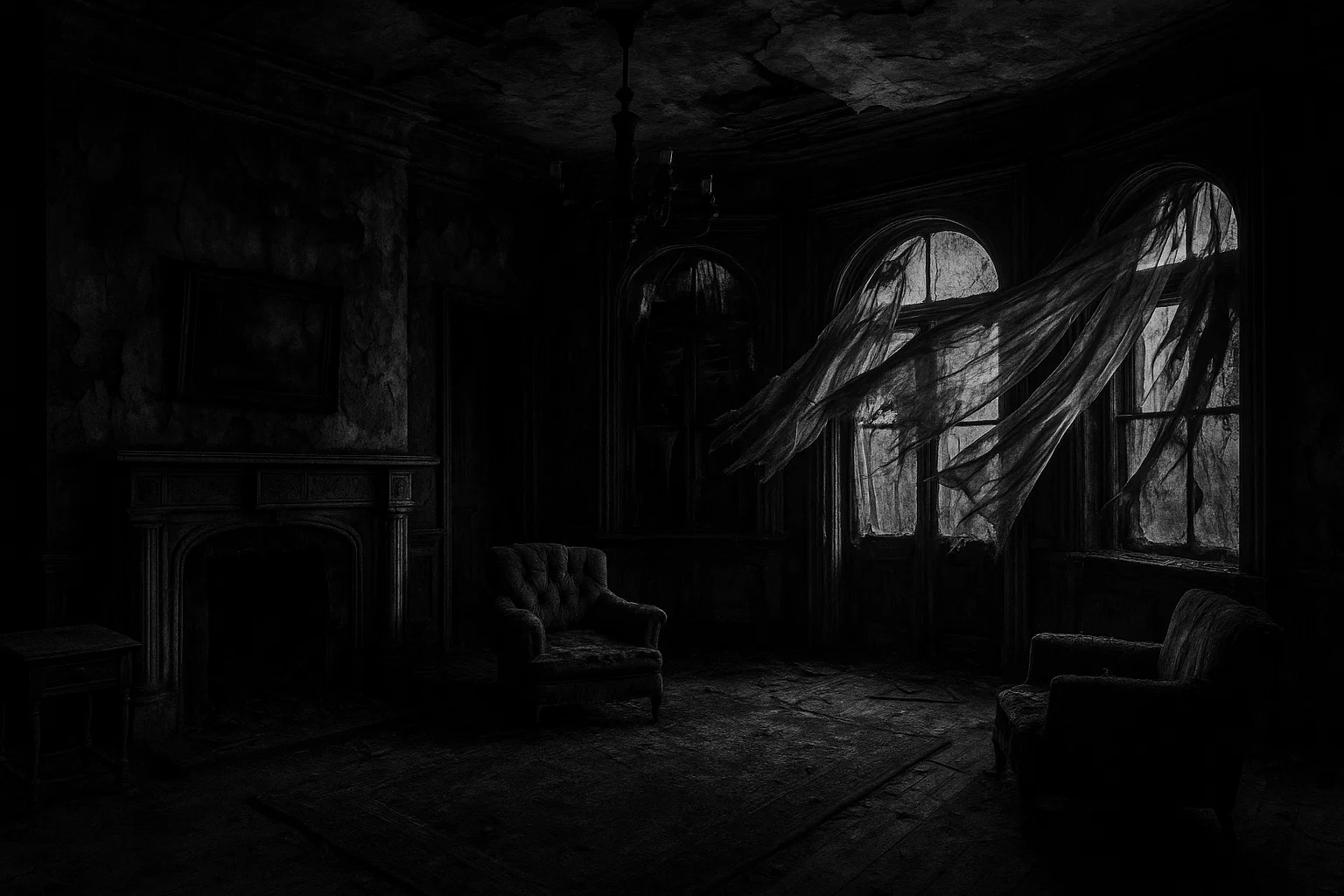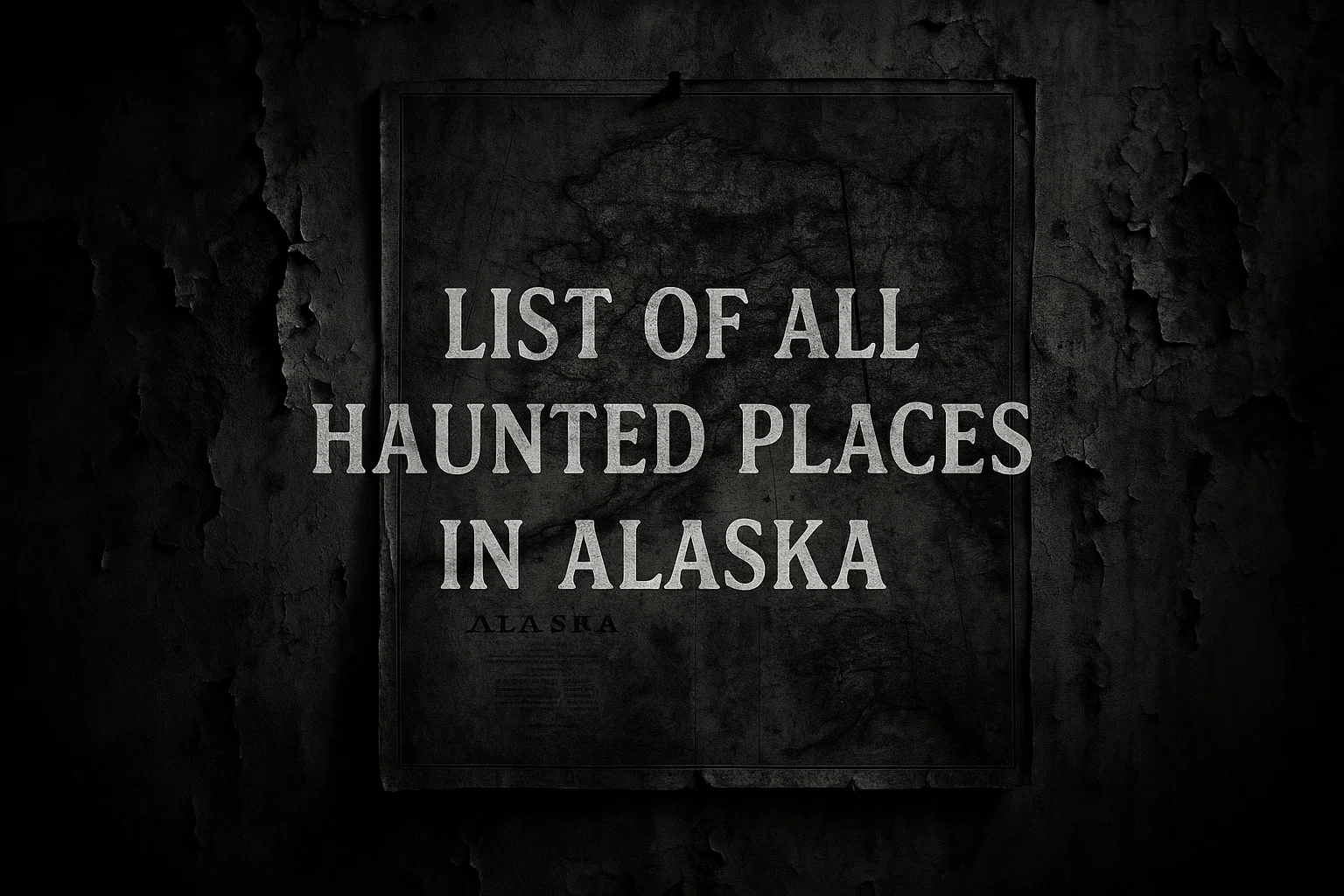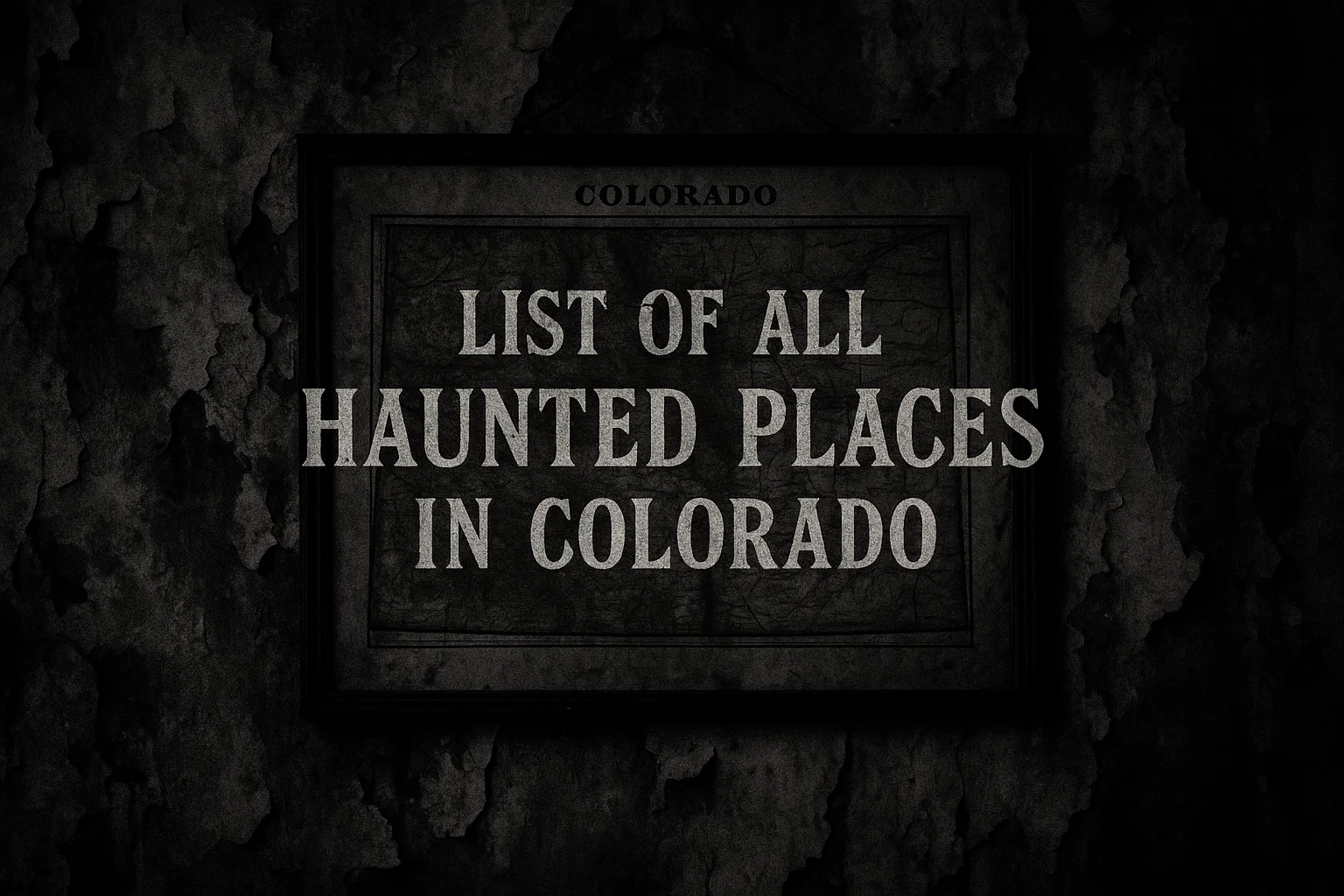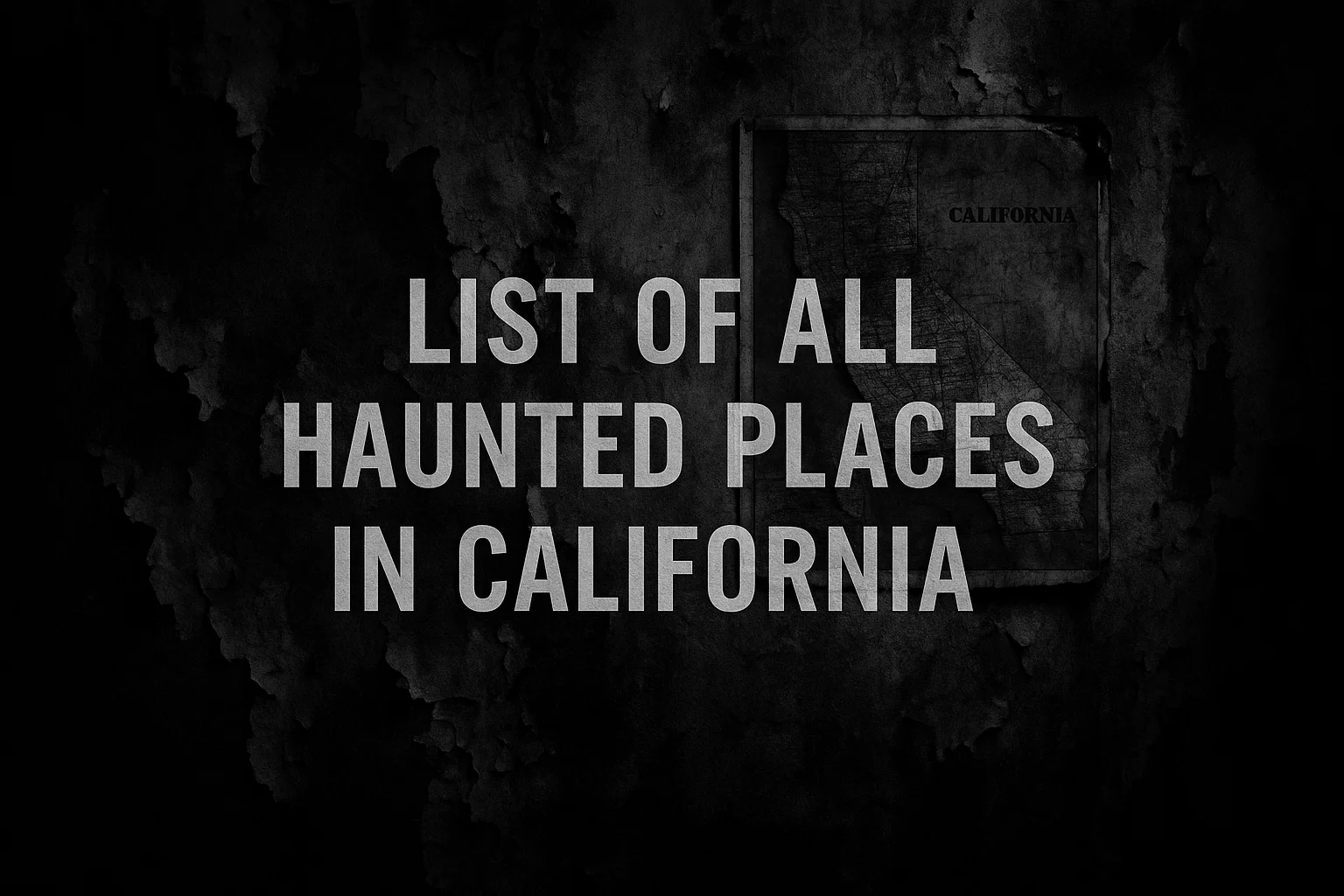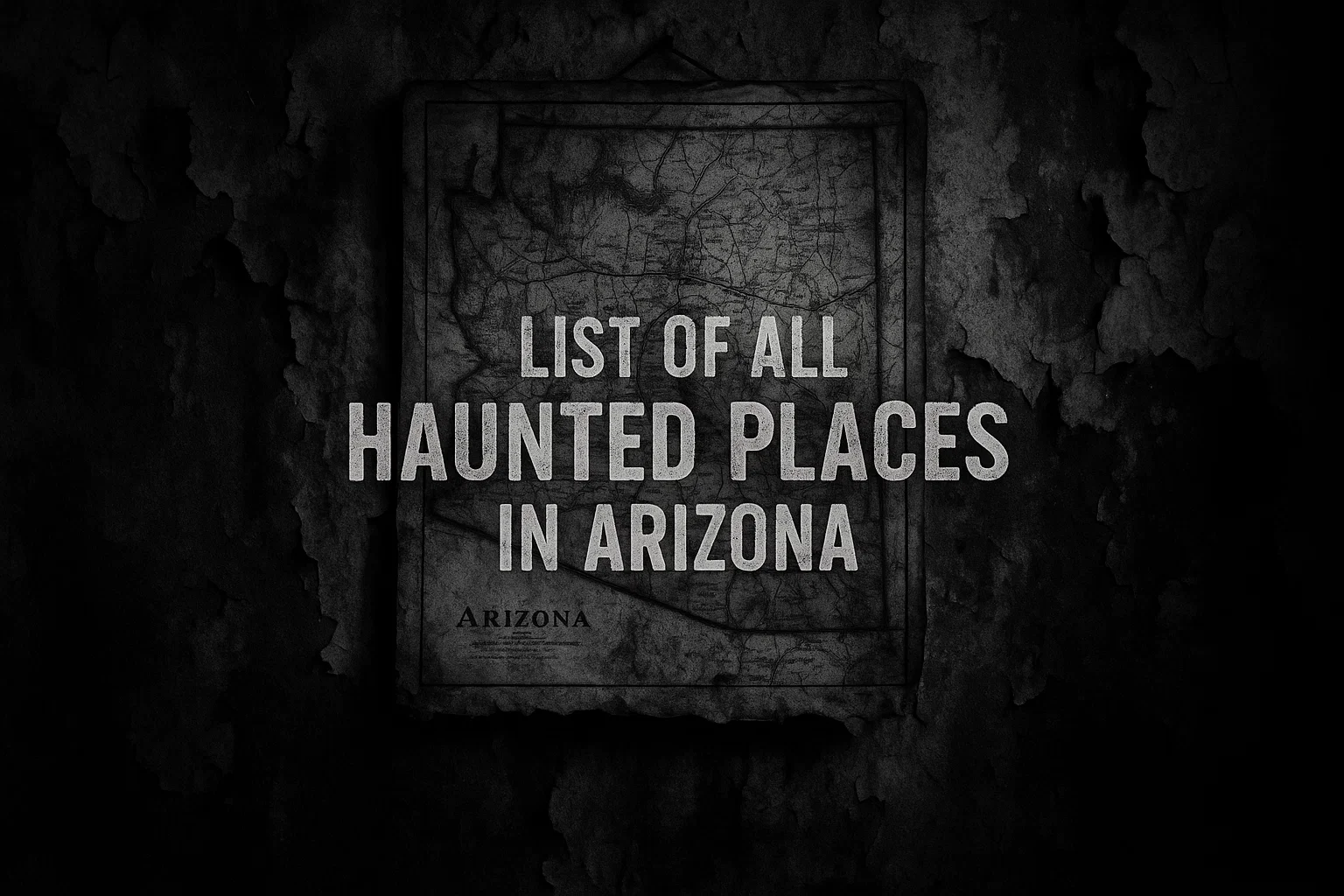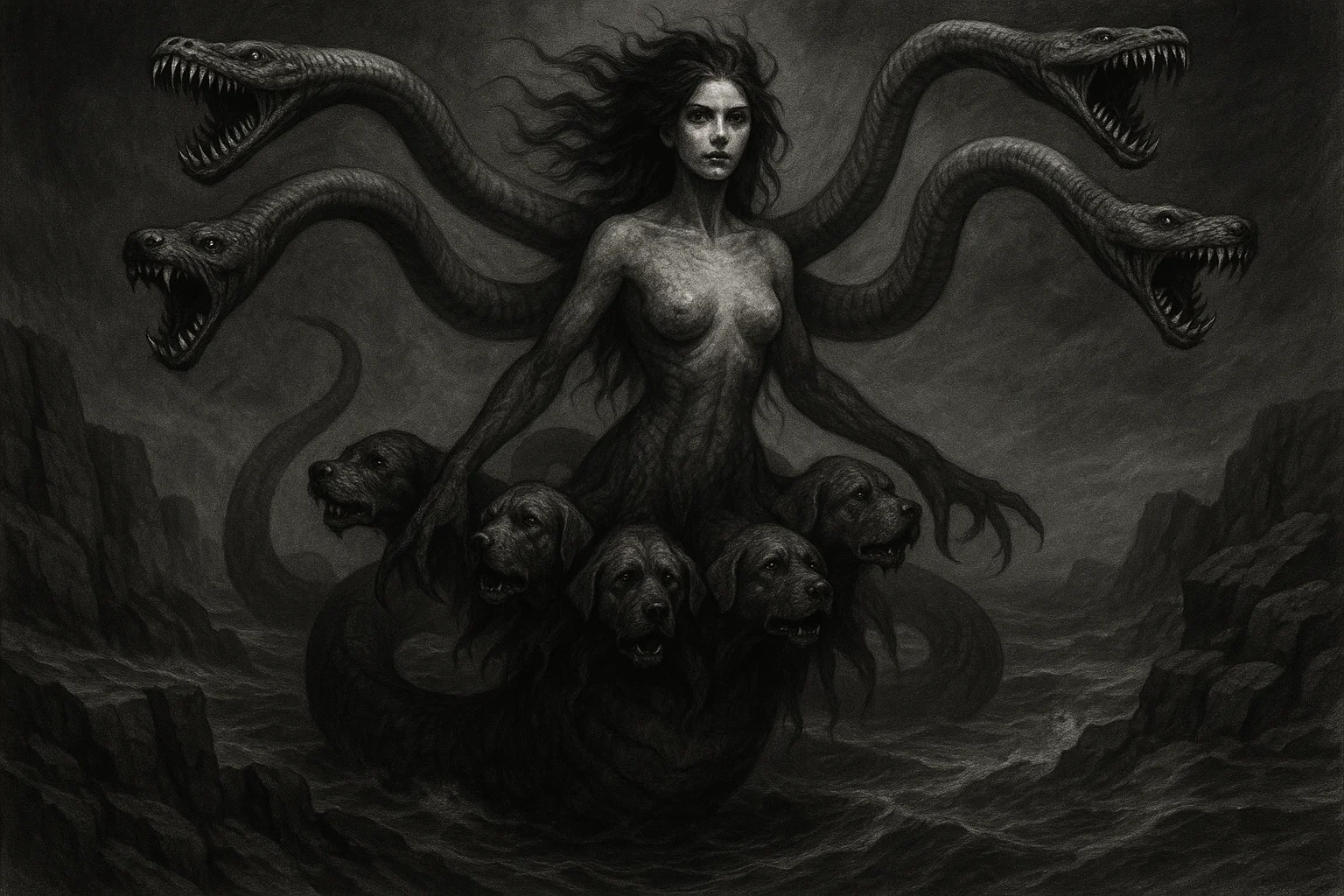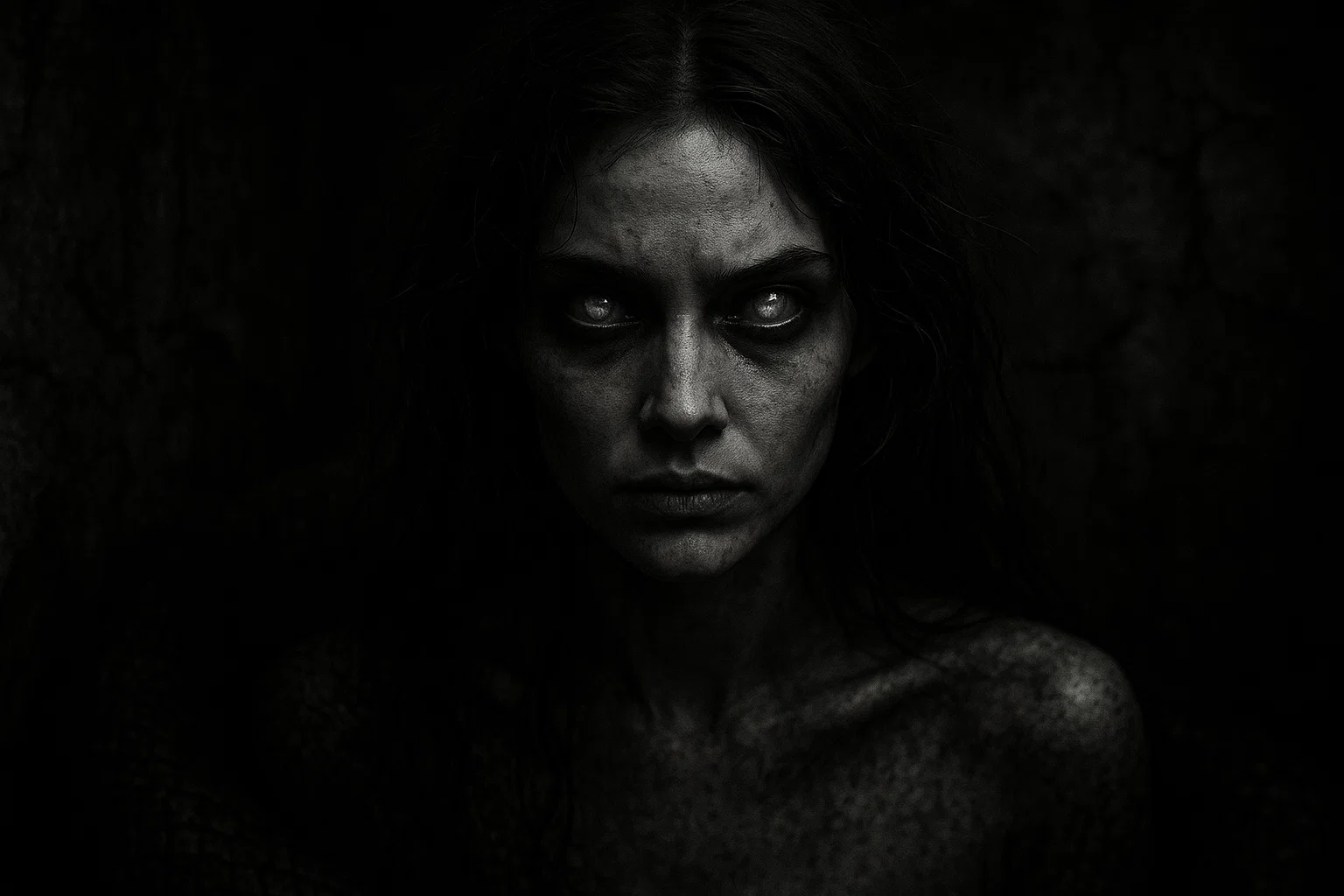Arizona’s landscape is home to many historic buildings tied to the state’s challenging past. People often look for the most haunted houses in Arizona to uncover stories of strange events linked to death and loss.
These sites, built mostly in the 1800s and early 1900s, reflect eras of mining booms, frontier struggles, and rapid growth. Tragedies like violent crimes, sudden illnesses, and fatal mishaps left marks that some believe still echo today through reports of odd sounds, cold areas, and shadowy forms.
Claims about the most haunted house in Arizona vary, but places with multiple deaths often top the list. Murders driven by jealousy, suicides from despair, and accidents in harsh conditions add layers to these tales. For example, mining towns saw workers die from cave-ins or fights, while remote homes dealt with isolation and hardship.
Such events fuel interest in paranormal activity, drawing those curious about the darker side of history.
Summary
Rosson House
Built in 1895 in Phoenix, the Rosson House stands as a fine example of Queen Anne Victorian architecture. Dr. Roland Rosson, a surgeon and former mayor, had it constructed for his growing family. The brick home features detailed woodwork, stained glass, and rooms that showcase life in early Phoenix. Saved from demolition in the 1970s, it now operates as a museum in Heritage Square, where guided tours explain its role in the city’s development.
The house’s dark chapter centers on the untimely death of its caretaker in the 1980s. Reports indicate he was murdered on the property, though details remain unclear. This violent end has led to numerous accounts of ghostly activity, including footsteps echoing on empty stairs and doors locking without apparent cause.
Visitors sometimes sense a presence in the halls, tied to this tragic event. Other oddities include objects vanishing and reappearing, adding to the site’s eerie reputation as one of the most haunted houses in Arizona.
The Surgeon’s House
In Jerome, a hillside mining town, the Surgeon’s House dates to 1917. It served as a residence for the chief surgeon and nurses at the United Verde Hospital during the copper boom.
The building, with its panoramic views of the valley, later became a bed-and-breakfast. Listed on the National Register of Historic Places since 1966, it preserves Jerome’s medical heritage amid a community scarred by industrial hazards.
Dark events from the era contribute to its haunted lore and its reputation as one of the most haunted houses in Arizona. The nearby hospital, now the Jerome Grand Hotel, recorded numerous suicides, accidental falls, and suspected murders among patients and staff.
One case involved an engineer who was found crushed under an elevator in 1935, ruled an accident, but there was a rumor of foul play. Another story tells of a head nurse who took her own life after a tuberculosis diagnosis. These tragedies, linked to mining diseases like silicosis and explosions that killed workers, create a backdrop of suffering.
Guests at the Surgeon’s House report whispers and shifting items, possibly echoes of those lost souls. The town’s history of over 9,000 mining deaths amplifies the sense of unrest. Today, the inn offers peaceful stays, but its connection to Jerome’s painful past invites reflection on lives cut short.
You May Also Like: 11 Haunted Hotels in Arizona—and the Real Tragedies Behind Them
Seidel-Opeta House
The Seidel-Opeta House (sometimes associated with Tombstone’s historic structures) was built in the 1880s amid the silver rush. It served as a social hub, perhaps linked to performance venues such as Schieffelin Hall, where miners and settlers gathered for entertainment and socialization.
Its adobe-style construction and period details reflect the Wild West era, and the building has endured fires that ravaged much of the town. Now, it hosts events and tours that recount the rowdy days of Tombstone.
Why Do So Many Successful People Secretly Wear a Little Blue Eye?
Limited time offer: 28% OFF. For thousands of years, the Turkish Evil Eye has quietly guarded wearers from the unseen effects of jealousy and malice. This authentic blue glass amulet on a soft leather cord is the real thing – beautiful, powerful, and ready for you.
Historical darkness includes tales of violence common to the area. Nearby gunfights and disputes led to deaths, while the hall itself saw a suicide linked to personal despair.
One account describes a performer or patron who took their own life onstage, fueling ghost stories about a figure in period clothing. Murders from jealousy or robberies added to the toll, with sickness from poor sanitation claiming others. These events paint a picture of a lawless time where life was fragile.
Paranormal claims involve music playing without a source and cold drafts in sealed rooms. The site’s survival through calamities, such as the 1882 fire, highlights its resilience. Visitors explore these layers, gaining insight into how tragedy shapes legends.
W.A. Moeur House (Casey Moore’s Oyster House)
Built in 1910 in Tempe, the W.A. Moeur House began as a family residence for William A. Moeur, a prominent educator and businessman. Its brick design and spacious porch suited the growing community near Arizona State University. After the Moeurs, it housed boarders before transforming into Casey Moore’s Oyster House in 1986, a popular spot for meals and gatherings.
However, a grim event marked its history. It turned a quiet residence into one of Arizona’s most haunted houses. The event? The 1940s murder of a young woman upstairs, allegedly by her boyfriend in a fit of rage.
This killing, amid reports of other assaults and suicides on the property, has stirred tales of unrest. The victim (sometimes referred to as Sarah) is said to appear in windows, especially when couples visit. Additional darkness comes from the house’s time as a boarding place, where despair from financial woes or illness may have led to self-harm.
The restaurant’s lively atmosphere contrasts with these shadows, yet staff note flickering lights and tipping glasses. It stands as a reminder of Tempe’s evolution from a quiet neighborhood to a vibrant hub, with past sorrows lingering in quiet moments.
You May Also Like: 11 Most Haunted Houses in Alabama That Locals Swear Are Truly Possessed
Oliver House
The Oliver House in Bisbee is another well-known haunted house in Arizona. It was built in 1908 and originally provided lodging for miners during the copper heyday. Its sturdy brick walls overlook the town’s winding streets.
Over the decades, it witnessed the industry’s highs and lows, until it became a bed and breakfast. Featured on shows like Ghost Adventures, it attracts those interested in its rich and layered past.
At least 26 deaths occurred here, spanning murders, suicides, and accidents. A notorious 1920s mass shooting claimed multiple lives in a jealousy-fueled rampage by a policeman who discovered his wife’s affair.
The victims included the wife and her lover, with gunshots echoing through the rooms. Other fatalities involved mining mishaps, like falls or equipment failures, and self-inflicted ends from depression over lost jobs. These events highlight the brutal labor conditions in Bisbee.
Spirits reportedly manifest as gun echoes or figures in outdated attire. One room, the site of the adultery murder, feels particularly oppressive. The house now offers comfortable stays, but its bloody record invites guests to ponder the human cost of progress.
Luana’s Canyon (Family House Site)
Southwest of Kingman, Luana’s Canyon—known as Slaughterhouse Canyon—holds remnants of a 1930s miner’s cabin in a harsh desert setting.
This allegedly haunted house in Arizona is tied to the Great Depression, when families faced extreme poverty after mines slowed. No full structures remain, but hikers trace the area’s paths, drawn by its isolation and lore.
Ever Walk Into a Room and Instantly Feel Something Watching You?
Millions have used burning sage to force out unwanted energies and ghosts. This concentrated White Sage & Palo Santo spray does the same job in seconds – just a few spritzes instantly lifts stagnation, breaks attachments, and restores peace most people feel immediately.
The canyon’s darkest tale involves Luana, a mother who, in madness from starvation, killed her children with a knife one stormy night in 1931. Her husband had abandoned them, worsening their plight. This horrific act, possibly influenced by a mental breakdown, left the family home stained with blood.
Later, in 2011, another murder occurred nearby when a woman was slain, and her boyfriend was arrested years later. Such violence highlights the site’s reputation as cursed.
Visitors hear cries on windy evenings or spot a woman in white wandering about. The remote terrain, with its rocky outcroppings and sparse vegetation, amplifies the unease.
You May Also Like: Who Is the Demon Valefor, the Treacherous Duke of Hell?
Carleton House
Dating to 1880 on Fort Huachuca near Sierra Vista, Carleton House first operated as a hospital during the Apache Wars. Here, doctors and nurses treated soldiers wounded in battles or sick from diseases like malaria.
Later, it became quarters for military personnel and their families. As the oldest structure on the base, it holds National Historic Landmark status, reflecting the history of army life in the Southwest.
Tragedies abound from its medical days, with many deaths from infections, gunshot wounds, and childbirth complications. A woman named Charlotte perished giving birth around the 1880s; her baby was lost, too.
Other accounts note suicides among troops facing harsh duties or accidents during training. The fort’s role in conflicts increased the casualty count, as sickness outbreaks claimed lives in crowded conditions.
Ghostly signs include cries and moving furniture, often linked to Charlotte’s search for her child. Residents feel tugs or hear bells ring alone. The house now serves as housing, but its history of loss makes it one of the most haunted houses in Arizona.
Nash Vintage (Haunted House Basement)
In Mesa, Nash Vintage occupies an early-1900s building that was once a family home and is now a shop for antique goods. The upper levels display items, while the basement holds storage and draws whispers of odd events. It fits into Mesa’s growth from farms to suburbs, with the structure surviving urban expansion.
Limited records point to a possible fire or accident in the past, perhaps killing a pet or resident. General area history includes train crashes, like a 1910 wreck that took 24 lives nearby, though not directly tied.
Murders and suicides in older Mesa homes add context, but specifics for this spot remain scarce. The basement’s dim space amplifies tales of unrest.
Reports focus on a dog’s ghost, with barks and brushes against legs. Shadows move like an animal at play. The shop blends nostalgia with mystery, encouraging browsers to venture below despite the chill.
You May Also Like: Bigfoot Sightings Across America: Full 50-State Guide
Clawson House Inn
The final entry in our list of the most haunted houses in Arizona is the infamous Clawson House Inn.
Spencer Clawson, a mine supervisor, built this wooden-framed inn in Bisbee in 1895. It overlooked the bustling district during peak copper production. After serving as a residence, it was converted into a vacation rental, preserving features such as porches and period decor.
However, a violent labor strike in the late 1890s brought death: three replacement workers were murdered by angry strikers. Shot in their rooms, their bodies marked a brutal clash over jobs and wages. This event, amid broader mining hazards such as cave-ins and lung diseases, casts a shadow. The manager’s wife, who died naturally, also lingers in stories.
Hauntings include pacing steps and misty forms in mirrors. Guests note gentle rearrangements, perhaps from the wife’s spirit. The inn provides serene escapes, yet its tragic roots remind us of conflicts that shaped Bisbee.

